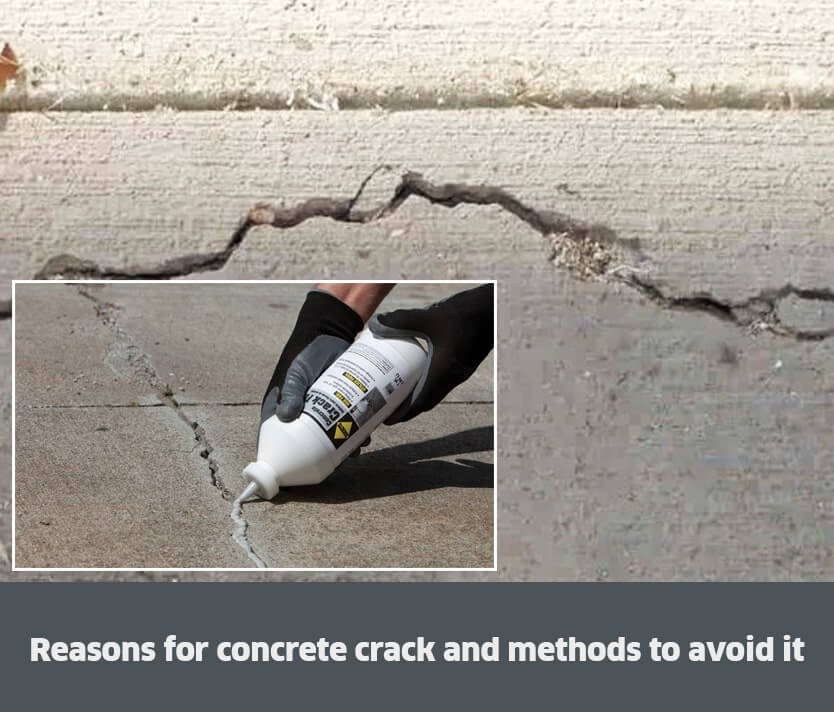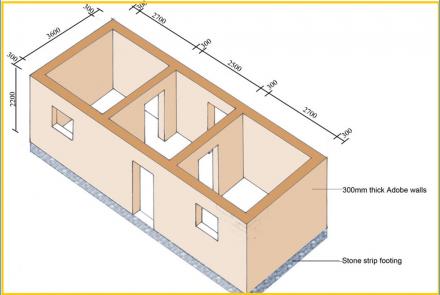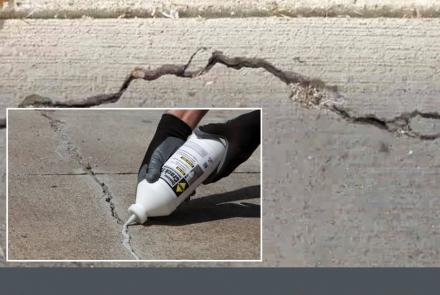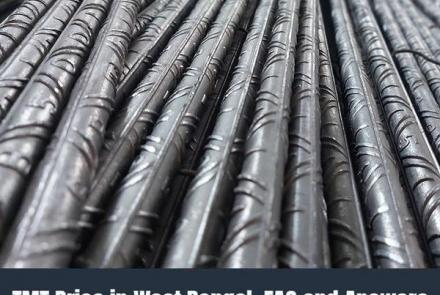Reasons for concrete crack and methods to avoid it
Concrete is a long-lasting, strong and resistant to cracks. However, there are instances where the concreate may develop cracks. This may happen for a number of reasons. Following are some of the common causes of concreate cracks
Causes of concrete cracks
- Due to temperature variations, concrete expands and contracts.
- Concrete surfaces shrink as a result of water loss.
- Inadequate shaking when placing the concrete
- The improper cover used during concreting; excessive use of water and cement to make the concrete workable
- Due to reinforcing steel corroding
Method to fix concrete cracks:
Reduce the amount of water in concrete: A low water-cement ratio will impact the quality of concrete. Concrete has higher strength and fewer cracks when the w/c ratio is lower. When pouring concrete, the W/C proportion must not be greater than 0.5 because doing so affects the workability of the concrete. Concrete's durability increases with less water. Changing temperature and moisture cause concrete to expand and contract. The main reason for concrete fractures is shrinkage, resulting from the surplus water evaporating during the hardening process. The less water in the concrete, the less shrinkage will occur.
Using a proper concrete mix and high-quality materials: The concrete itself must be mixed and proportioned correctly. Insufficient cement nearly always results in cracks. The concrete may become brittle and crack if you use too much water. Utilize high-quality aggregates to help concrete shrink less over time. Concrete shrinkage can be decreased by using hard, dense aggregate with optimal aggregate gradation. Avoid using admixtures that encourage shrinkage.
Surface Finishing for Concrete: Use proper finishing procedures and timing when doing finishing activities. It's frequently advised to use flat troweling and floating. The concrete shouldn't be overworked, especially when using vibrating screens. Aggregate that has been overworked bleeds water and increases penalties. Finishing the concrete when there is bleeding water on the surface causes the water to return to the concrete rather than evaporate, which causes cracks.
Proper concrete curing: The slab should be left for a few days to cure to prevent quick water loss from the surface or dry concrete owing to hydration. It is customary to create a mortar border on the slab and keep it wet as soon as the concrete on the slab hardens. Covering the slab with cotton mats soaked in water or applying a curing chemical reduces water loss. The concrete shouldn't be pressured during curing time, which can last up to one month.
Concrete should be placed and vibrated correctly: Cracks are less likely to form in properly positioned, vibrated, finished concrete. Vibrate properly to remove trapped air, which eventually causes cracks.
Concrete Control Joints Provision: Control joints must be placed regularly to accommodate concrete shrinkage. Typically, joints are set 8 to 12 feet apart for slabs with a 4-inch depth. Pre-planted cracks are called control joints. An engineer should be aware that control joints will experience concrete cracking rather than any other place.
Conclusion
Understanding the crack's root cause, type, and pattern of crack, is essential. Always ensure that the raw material used while concreate creation are of the best quality and the process followed is scientific. Along with best quality cement and other products, you can use SRMB TMT Bars to make your concreate more efficient and long lasting.






